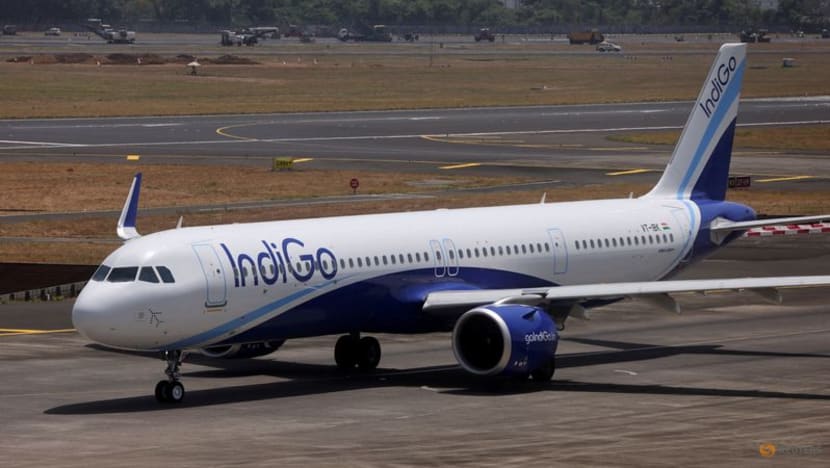

India's aviation sector is currently experiencing a remarkable period of growth and is increasingly standing out as a bright spot in an otherwise cloudy global aviation landscape. Several factors contribute to this positive trajectory, setting India apart from other regions facing economic uncertainties and geopolitical challenges.
India has rapidly ascended to become the world's third-largest aviation market, contributing over 1% to the nation's GDP and generating more than seven million jobs. This impressive growth is underpinned by substantial investments in expanding aviation infrastructure. The country has been actively increasing its number of airports, with plans to reach 350 by 2047, aiming to create a robust and interconnected aviation network. Union Minister K Rammohan Naidu recently announced that India aims to add 50 new airports within the next five years. As of now, India operates 162 airports, a significant increase from the 74 functional in 2014.
Passenger traffic in India is projected to grow at an impressive rate. IATA forecasts passenger traffic in India will triple over the next 20 years. ACI projects India's air passenger growth in 2026 to be 10.5%, surpassing China's 8.9% for that year. The growth rate of India's air passenger traffic is expected to outpace China's from 2026 onwards, making it likely the fastest-growing major aviation market over the next three decades. This surge in demand is fueled by a rapidly growing middle class with increasing discretionary income, making air travel more accessible and affordable.
The Indian government's UDAN scheme has played a crucial role in democratizing air travel by improving regional air connectivity. The scheme has made 619 routes operational, connecting tier-2 and tier-3 cities with larger urban centers. This initiative not only enhances connectivity but also stimulates economic activity in smaller regions.
Indian airlines are demonstrating confidence in the market's future growth by placing substantial aircraft orders. IndiGo, one of the world's largest and fastest-growing airlines, has nearly 1,000 aircraft on order. The Air India group has close to 600 aircraft on order, with reported plans for an additional 200. IndiGo also announced 10 new international destinations and four domestic destinations.
In contrast to India's promising outlook, the global aviation industry faces several challenges. Geopolitical issues, trade tensions, and economic uncertainty are clouding the overall outlook. While the International Air Transport Association (IATA) expects airlines to generate US$36 billion in profits on US$979 billion in revenues in 2025, this equates to a slim 3.7% net margin, or a profit of just US$7.20 per passenger. Supply chain disruptions, particularly aircraft delivery delays, continue to hinder capacity expansion and efficiency gains. Aircraft deliveries have dropped significantly since 2018, leaving a substantial backlog. Rising operational costs, including fuel price volatility and sustainability costs, also pose pressing concerns. Several airlines in Asia are in precarious financial positions and may need to restructure to survive.
India is also strategically focusing on becoming a global hub for Maintenance, Repair, and Overhaul (MRO) services. The MRO industry in India is projected to reach a value of USD 4 billion by 2031, reflecting the government's intent to localize aircraft servicing and attract international players. This move is expected to reduce costs and turnaround times for aircraft maintenance, further boosting the competitiveness of Indian airlines.
While the global aviation industry grapples with challenges, India's market stands out with its rapid growth, strategic investments, and increasing affordability. The country's aviation sector is not only expanding its infrastructure and fleet but also contributing significantly to the nation's economy and employment. With a clear vision and proactive initiatives, India is poised to become a key player in the global aviation landscape, offering a beacon of hope amid the cloudy outlook for the broader industry.